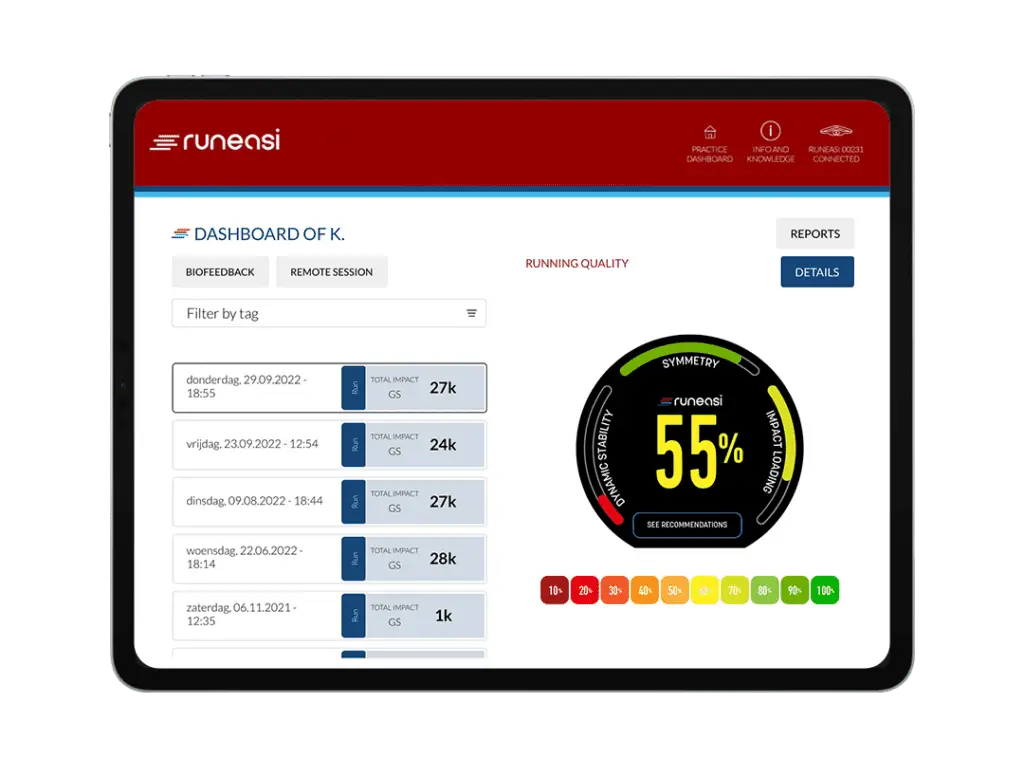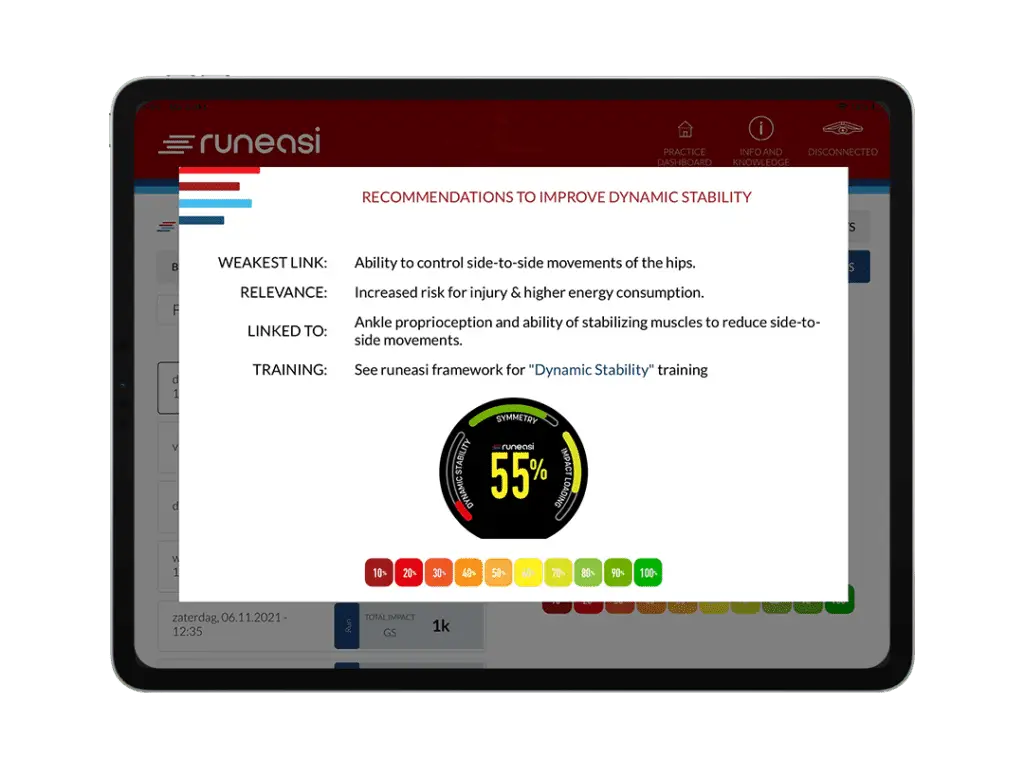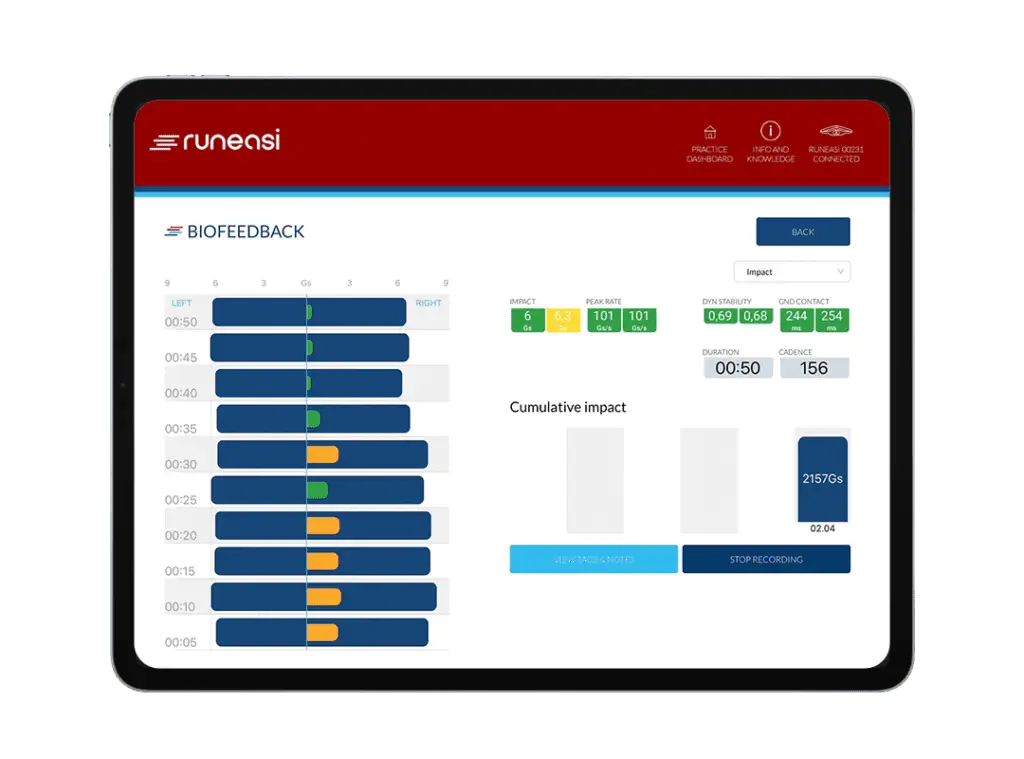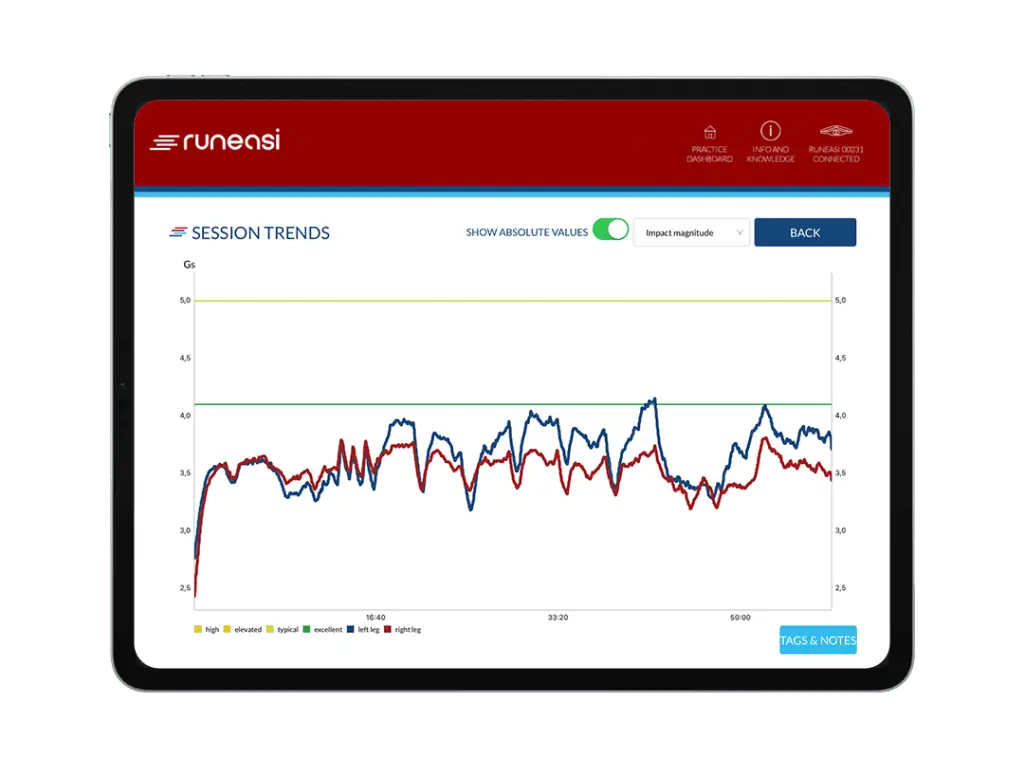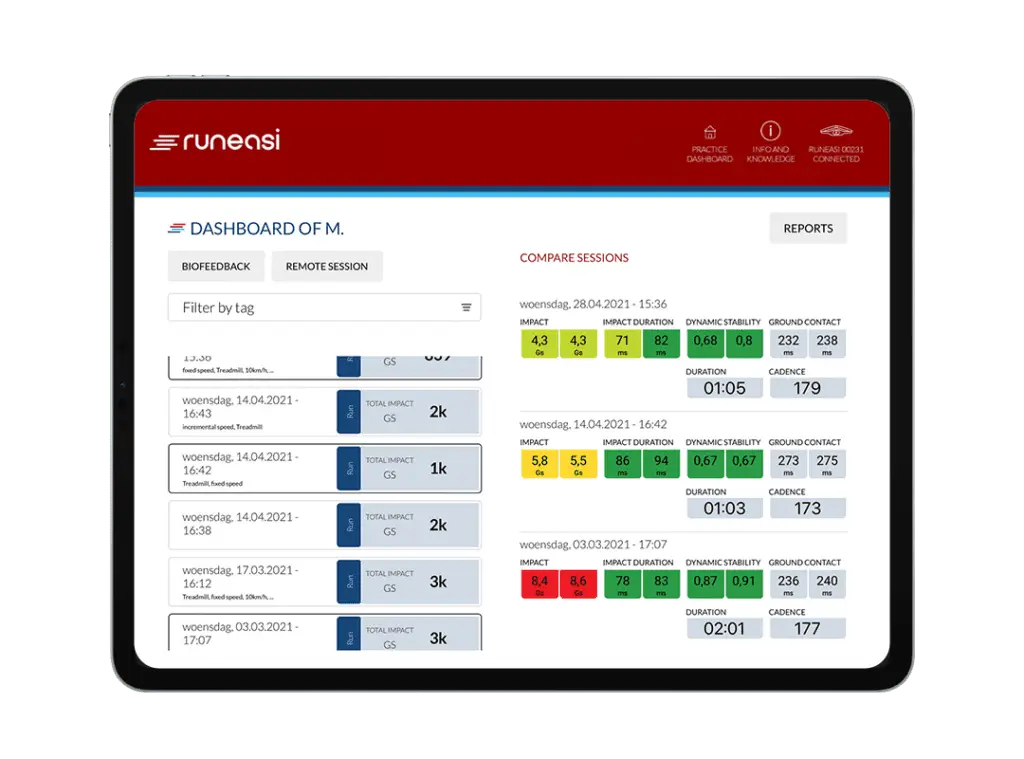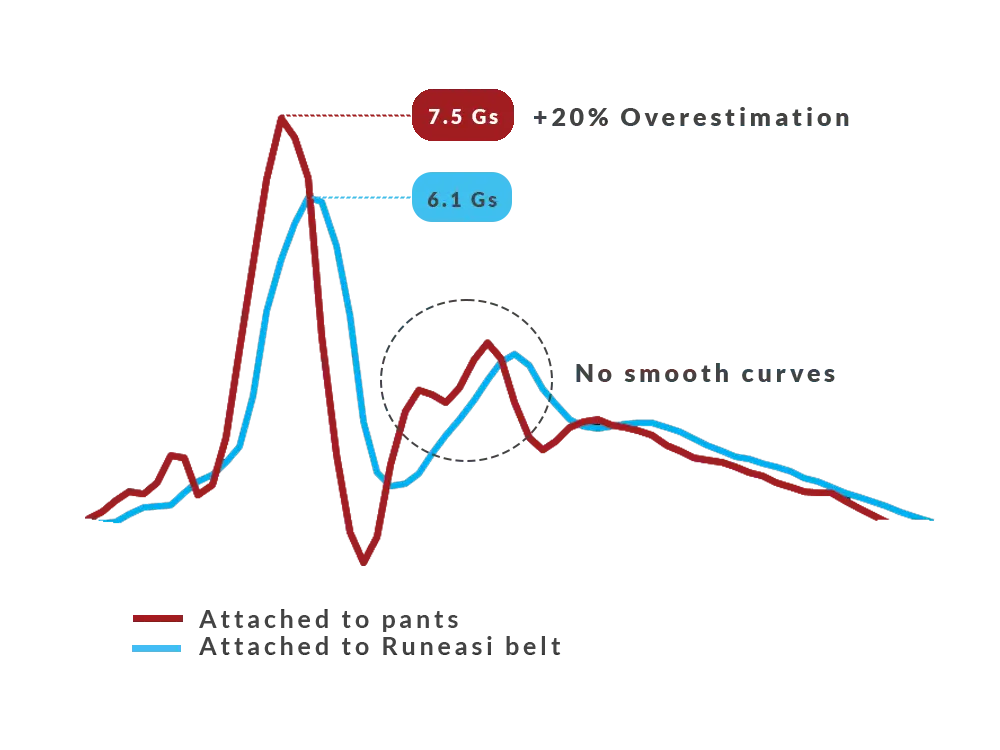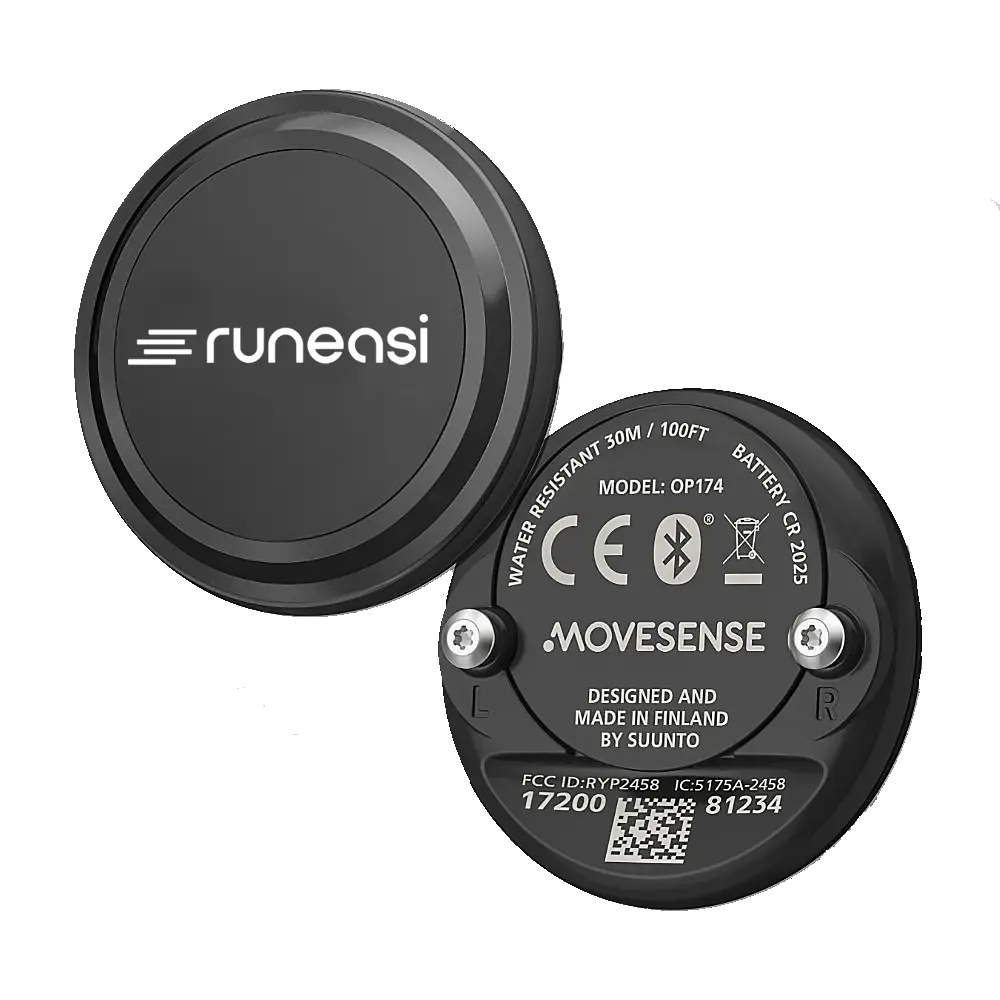Cracked the code: Solution for 7 years of persistent running pain
By Felicia Sciortino, PT, DPT, OMT – Runeasi expert
For the sake of privacy, we’ll call the patient “Ashley”. Ashley is a 42-year-old who loves to run and has been a runner for many years. Unfortunately, for the last seven years, she’s been battling a persistent, nagging pain. She reported several painful areas, namely her right posterior hip, her posterolateral thigh, her lateral knee, and the bottom of her right foot. The pain progressed to the point that it began to affect her walking and even her work. Looking for answers, she turned to Google and tried shortening her stride. Years went by with no improvement. Frustrated but determined, Ashley sought help from Endurance Ally after numerous unsuccessful attempts with other healthcare options.
Diagnosing the Issue
At Endurance Ally, we dug deep into Ashley’s symptoms and conducted a thorough objective exam. Here’s what we found:
- Limited Right Hip External Rotation: This could explain some of her running issues.
- Short Rectus Femoris (both sides): This muscle tightness was likely impacting her stride.
- Positive Straight Leg Raise (Right): Indicating nerve tension or lumbar issues.
- Tenderness and Hypertonicity: In her right lumbar paraspinals and gluteus medius.
- Trunk Flexor Weakness: Core stability issues affecting her posture.
- Bilateral Hip Abductor and External Rotator Weakness: The right side is weaker than the left.
- Lumbar Decompression Relief: This temporarily eased her symptoms.
The Running Analysis
Using Runeasi’s cutting-edge software, we took a closer look at Ashley’s running form. The results were eye-opening:
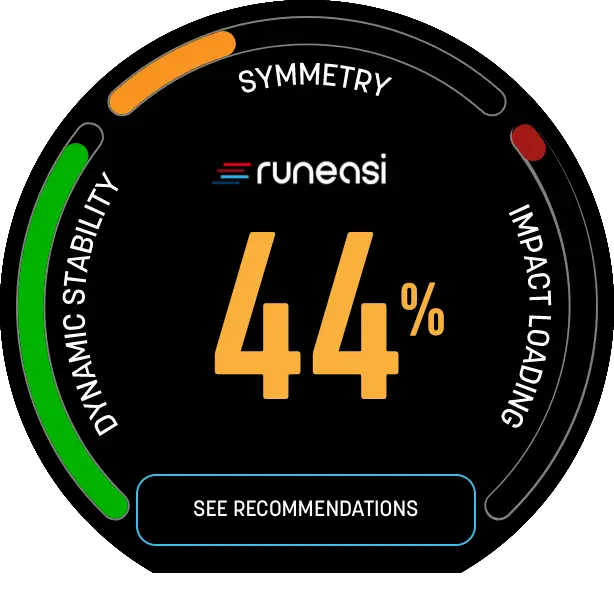
- Overall Run Score: 44%.
- Asymmetries: impact L>R. Likely compensatory.
- Flight Ratio: 39%, indicating a “bouncier” running style.
- Cadence and Speed: Her cadence was 178 at a speed of 4.7 mph, higher than necessary and affecting her running efficiency.
One of the tips Runeasi suggested was to “imagine she was running under a low ceiling” to help correct her form.
Crafting a Treatment Plan
Here’s what worked for her running form:
- Zone 2 Running: To minimize global inflammation associated with higher-intensity workouts.
- Softer Landings: To reduce impact loading on her body, specifically “run quietly so no one can hear you” and “run with soft steps”
- Longer Strides: To shift the propulsion forces from her calves to her hips.
To support these changes, we focused on strengthening her larger muscle groups like the gluteus maximus and hamstrings. Plyometric exercises, such as squat jumps with soft landings, were added to improve her shock absorption.
Core and Soft Tissue Work
We also targeted Ashley’s core to enhance her trunk control during hip extension and prevent excessive lumbar extension and anterior pelvic tilt. For immediate symptom relief, we used soft tissue mobilization on her gluteus medius and TFL, dry needling on her lumbar paraspinals, right gluteal muscles, and calf. She started with self-lumbar traction but eventually didn’t need it anymore.
The Transformation
By her fourth treatment session, Ashley was running pain-free for the first time in 7 years. Her running form reassessment showed remarkable improvements:
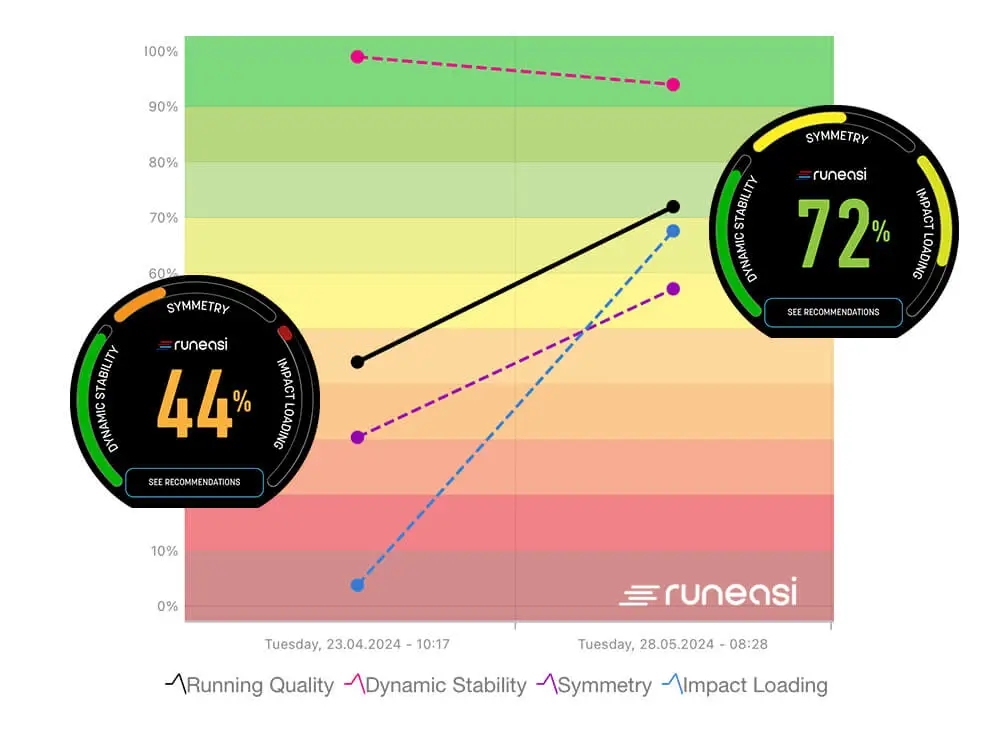
- Runeasi running quality score: Jumped to 72%
- Impact Magnitude: Decreased from an average of 9 G to 3.5 G, which is nearly a threefold reduction.
- Increased Speed: Better running quality at higher running speeds.
- Enjoyable Runs: She felt her runs were easier and more fun.
Conclusions
This serves as a compelling example of how running data assists us in identifying weak areas and guiding our progress. we must be cautious when applying one-size-fits-all solutions, such as relying solely on running cadence. Ashley is now back to running pain-free with her husband, often leaving him in the dust! She plans to keep up with her strength training and looks forward to checking in a few months to monitor her progress. Go Ashley!
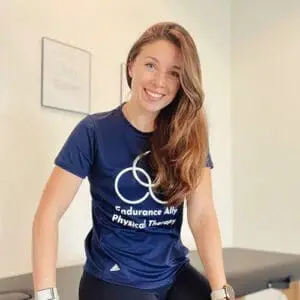
Written by Felicia Sciortino, PT, DPT, OMT
Felicia, Founder of Endurance Ally, is a former D1 runner and current triathlete who received her Doctorate of Physical Therapy from Boston University in 2019. She recently moved to Greenville, South Carolina with a dream of helping as many endurance athletes as possible stay healthy and happy. With a history of running injuries herself, she understood the frustrations of being unable to compete and more broadly, the effects of not being able to do what she loved. She created Endurance Ally to provide quality physical therapy services tailored to each individual and with a level of expertise and compassion that endurance athletes deserve.

